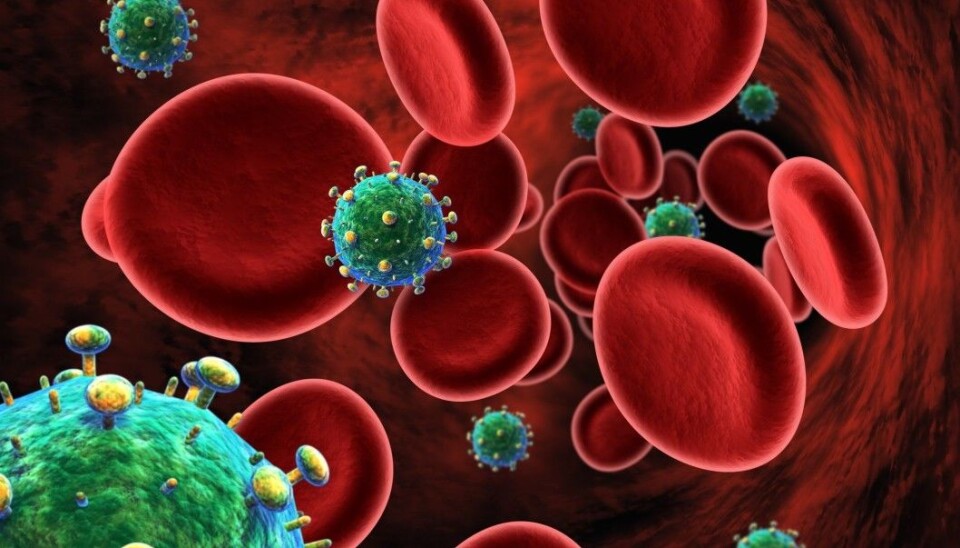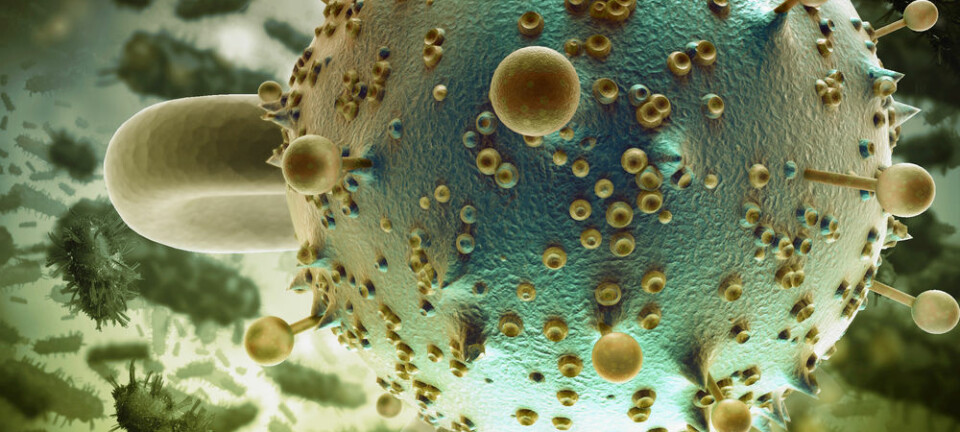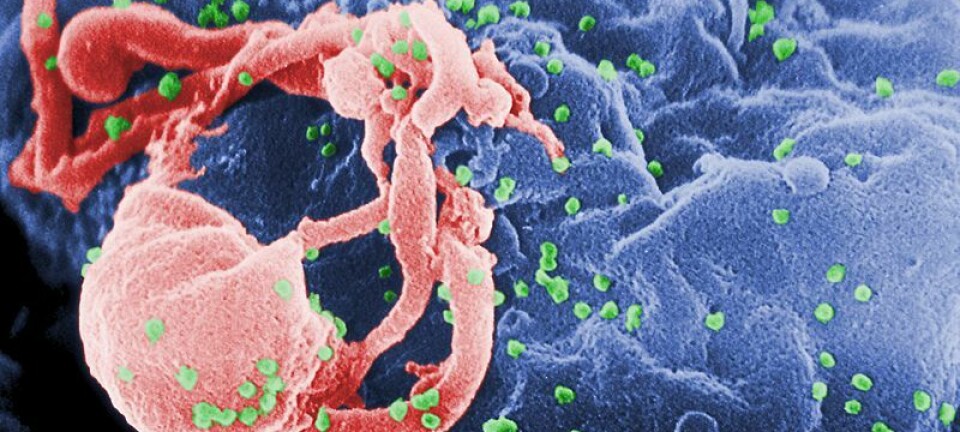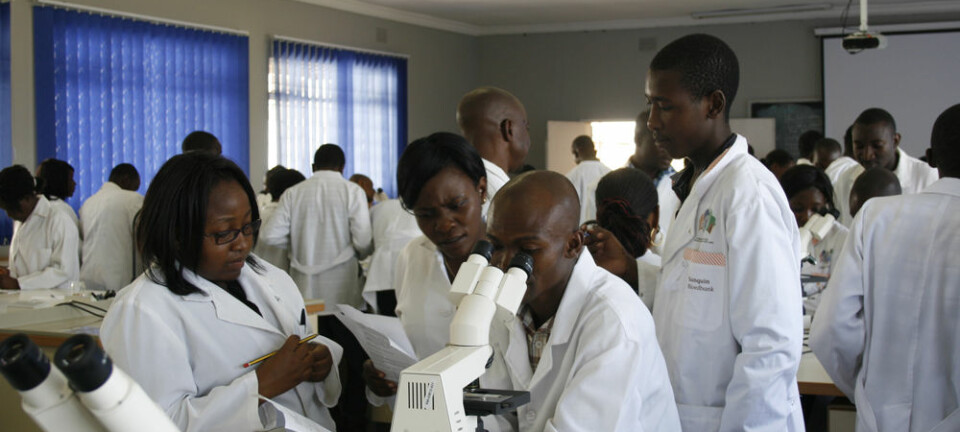
HIV type 2 is more serious than previously believed
HIV-2 was considered to be a milder variant of HIV, but a new Swedish study shows that it can still develop to AIDS if left untreated.
HIV, the virus that causes AIDS, had its origins in Africa in chimpanzees. It was probably transmitted to people from bloody meat that hunters brought home to their villages. One of the mutations became the feared virus that spread globally.
More than 70 million people have been infected with HIV since the beginning of the epidemic, and roughly half of these people have died, according to the World Health Organization.
But there is also a second type of HIV called HIV type 2. This virus probably originated in another monkey, the sooty mangabey. HIV-2 is not commonly found in the West but has spread in West Africa. This virus is less contagious than its deadly relative.
A group of researchers from Lund University in Sweden decided to look at HIV-2 related cases of AIDS and deaths by studying police officers in Guinea-Bissau (a small country in West Africa) starting in 1990. The researchers recruited police officers until 2009 and completed their data collection in 2013. Of a total of 4,700 participants, 408 were infected with HIV-1 and 464 infected with HIV-2.
The researchers then followed up with the participants to see how the two different diseases progressed.
Longer latencies, but outcomes the same
The researchers collected their data before Guinea-Bisseau had access to ART medicine, which inhibits HIV infections. Those who were infected with HIV-1 developed AIDS after an average of 6.2 years. Those who were infected with HIV-2 developed AIDS after 14.3 years.
Earlier studies had suggested that those with HIV-2 infections should live as long as people who are not infected. But many more people than expected in this group developed and died with AIDS, the researchers wrote. The development of the disease was slower in people with HIV-2, but otherwise the course of the illness was similar.
"It is a perception in research and in the health world that HIV-2 does not lead to illness in the same way as HIV-1. We have now poked holes in this myth to change the view on international treatment recommendations,” says Hans Norrgren, from the Department of Clinical Sciences at Lund University, in a press release about the findings.
Clearer treatment recommendations
According to Professor Dag Kvale, head of the Department of Infectious Diseases at Oslo University Hospital, Norway, it is well known that HIV-2 is also a pathogen like HIV-1, but its progression to full-blown AIDS is significantly slower. Kvale was not involved with the new study.
“HIV-2 doesn’t spread very easily; I have only seen 2 cases in 30 years. Just under 200 cases were recorded in the United States until 2009, perhaps with an additional number of unrecorded cases,” he says. “So, we know that if someone gets infected by HIV-2, they get about 1/30 of the amount of virus in the blood compared to HIV-1. This probably explains both the slow progression to AIDS and lower rate of infection.”
“The implication of this study may be that we need a somewhat more ‘aggressive’ attitude towards treating HIV-2,” he says. “Only a selection of the common HIV medicines is effective against this variant of the virus. Effective treatment will stop the progression of the disease and prevent further infection of others by HIV-2.”
Joakim Esbjörnsson, the first author of the study, believes that clearer recommendations are needed so that treatment is started early for patients who have been diagnosed with HIV-2 in West African countries and in other places where the virus may appear.
----------------
Read more in the Norwegian version of this article at forskning.no



































